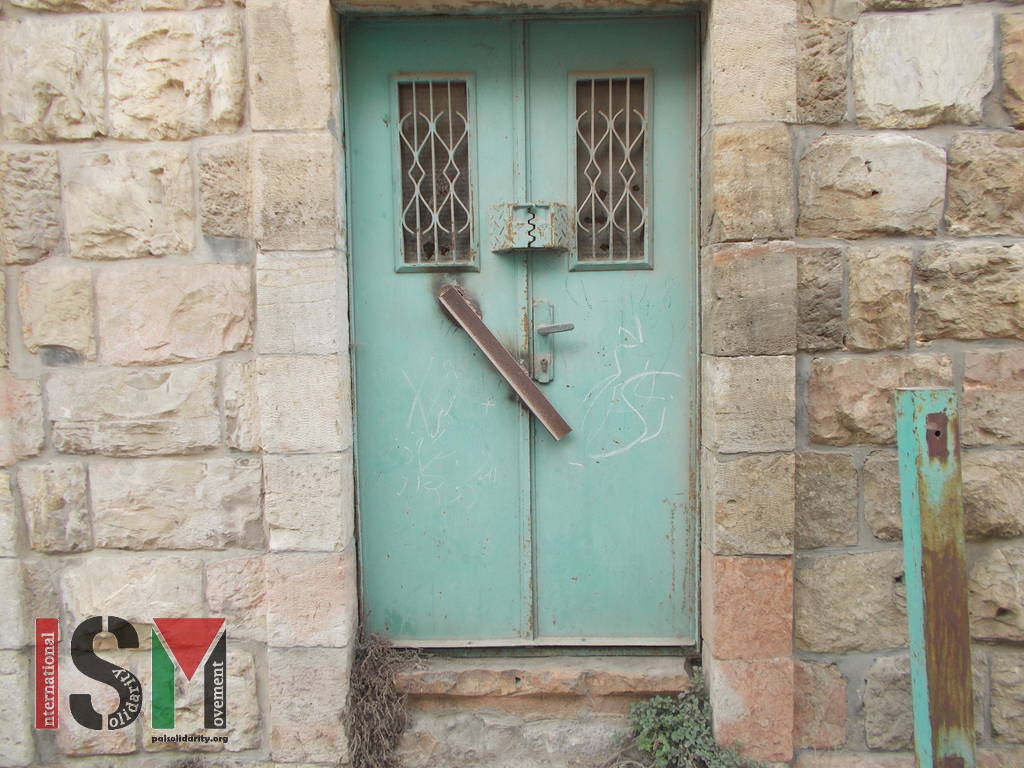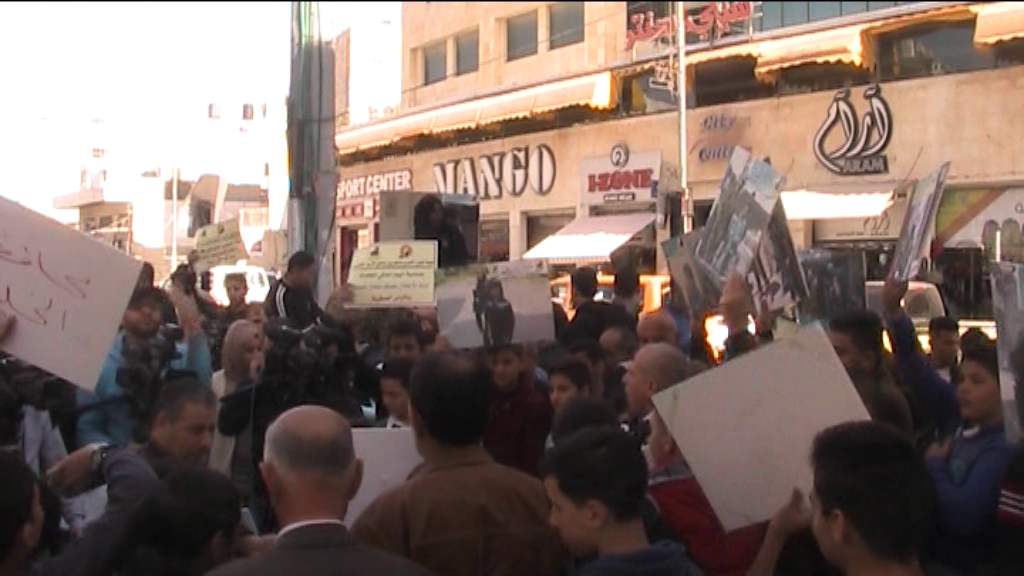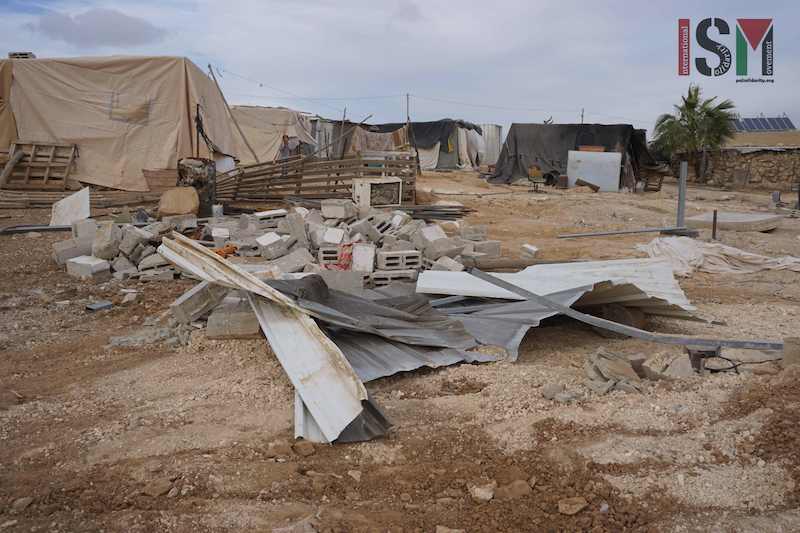Tag: Hebron
-
Photo-Story: Mini walking tour of occupied Hebron
24th November 2016 | International Solidarity Movement, al-Khalil team | Hebron, occupied Palestine After our afternoon school run today, two of us took a walk around a small part of Al Khalil. The photos are sort of a mini-walking tour of some of the stolen Palestinian land, streets, homes and shops, roadblocks and checkpoints. Note…
-
Protest in central Hebron against child arrests
23rd November 2016 | International Solidarity Movement, al-Khalil team | Hebron, occupied Palestine Monday 21 November at Ibn Rushd Square, youth from Hebron gathered together with adults at a protest against the Israeli detention of Palestinian children. The protest was organized by the Prisoners Club and human right defenders who shared their information about over…
-
Yet another demolition hits Umm Al Khair; community continues to stand strong
19th of November 2016 | International Solidarity Movement, al-Khalil team | Umm al-Kheir, south Hebron Hills, occupied Palestine On November 15th, the Bedouin community of Umm Al Khair experienced the fifth wave of demolitions by Israeli forces on their structures to take place in the past year. The most prominent of the two structures demolished…



